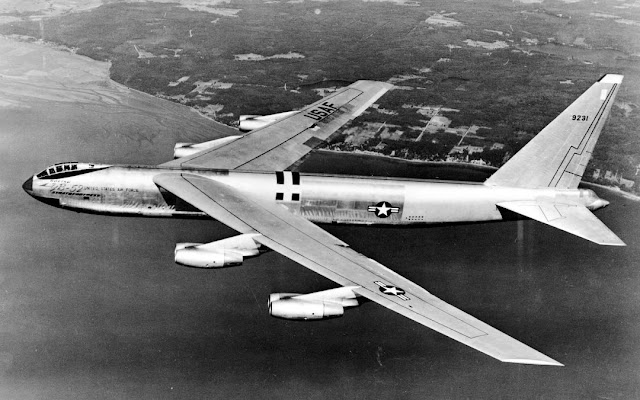On the morning
of January 17, 1966, a B-52-bomber was heading for a rendezvous with a KC-135
Stratotanker over the Spanish village of Palomares. But as the bomber pilot was
positioning his aircraft beneath the tanker, the two planes collided—fuel drenched
both aircraft, and there was an explosion.
The four airmen in the tanker died along
with three in the bomber. Four of the bomber crewmen managed to parachute to
safety, but the wreckage of the planes that rained down on Palomares included
three of the hydrogen bombs the bomber had been carrying. (The fourth fell into
the Mediterranean.) Though there was no nuclear blast, conventional explosives
in two of the bombs detonated, which dispersed radioactive plutonium over650
acres of land.
The intact weapons were soon recovered
from the ground, but it took months to fi nd and recover the remaining bomb
from the sea. Unfortunately, Palomares was not an isolated incident: Offi
cially the U.S. is missing 11 nuclear weapons—which could still be detonated.
Independent experts estimate there have
been up to 700 incidents involving 1,250 nuclear weapons. Sometimes a plane
carrying atomic bombs vanishes over the sea, or a nuclear-armed submarine sinks
to the bottom of the ocean, or a bomb rolls off an aircraft carrier. The
military would rather not admit such incidents happen; it prefers to call them “broken
arrows” and impose a news blackout.
The high number is a direct result of
the Cold War: In the years leading up to the 1966 Palomares incident, the U.S.
Strategic Air Command was flying bombers right to the edge of theIron Curtain.
The purpose of Operation Chrome Dome was to ensure the U.S.could quickly strike
or retaliate in the event of nuclear war with the SovietUnion.
At any given time there were a dozen B-52s
in the air, carrying their payload of hydrogen bombs. Each of the Mark 28
thermonuclear bombs that fell on or near Palomares had 70 times the destructive
power of the bomb that was dropped on Hiroshima. Only after another accident
over Greenland in 1968 did the U.S. Air Force end Operation Chrome Dome.The development
of intercontinental missiles has made this use of B-52s obsolete. Since 1968
the U.S. has not officially admitted to losing a nuclear weapon, but no one
knows how many may still be out there. “It is believed up to 50 nuclear weapons
were lost during the Cold War,” says nucleararmament expert Otfried Nassauer.






Post A Comment:
0 comments: